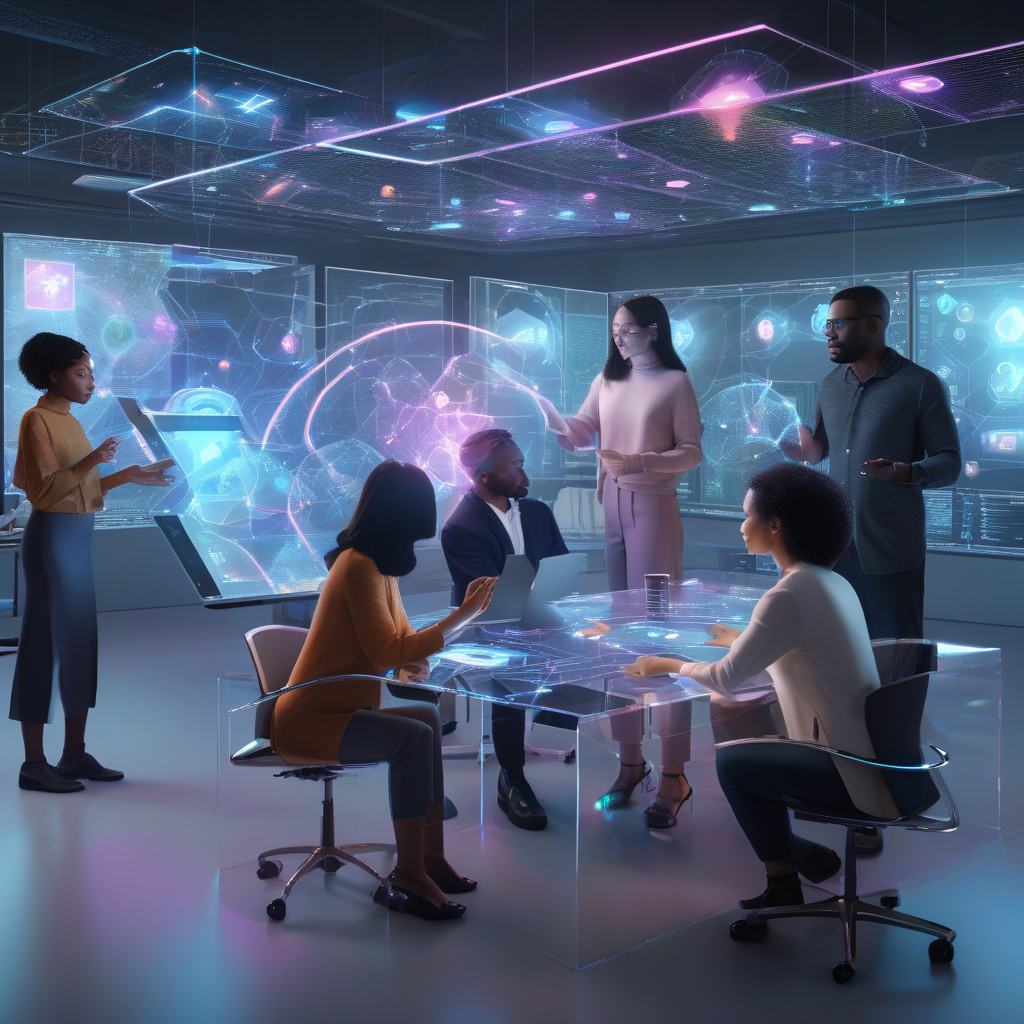In recent years, the term “Web3” has been generating buzz in tech circles, much like Bitcoin did when it first emerged. The concept of Web3 represents a significant shift in how we perceive and interact with the internet, promising to revolutionize the digital landscape as we know it. But what exactly is Web3, and why is it causing such a stir among IT and development professionals?
At its core, Web3 refers to the vision of a decentralized and user-centric internet where individuals have more control over their data, identities, and online interactions. This stands in stark contrast to the current Web2 model dominated by tech giants that collect vast amounts of user data for their benefit.
One of the key technologies underpinning Web3 is blockchain. Blockchain, the technology behind cryptocurrencies like Bitcoin, enables secure, transparent, and tamper-proof record-keeping through a distributed ledger system. This decentralized approach eliminates the need for intermediaries, fostering trust and enabling peer-to-peer transactions.
Smart contracts are another crucial component of Web3. These self-executing contracts are written in code and automatically enforce the terms of an agreement when predefined conditions are met. Smart contracts streamline processes, reduce costs, and enhance security in various applications, from finance to supply chain management.
Moreover, decentralized applications (dApps) play a vital role in the Web3 ecosystem. dApps operate on a peer-to-peer network of computers, making them resilient to censorship and single points of failure. These applications span diverse sectors, including finance, gaming, social media, and more, offering users new experiences and opportunities.
Web3 also encompasses the concept of decentralized autonomous organizations (DAOs). DAOs are community-governed entities that operate through smart contracts, enabling members to participate in decision-making processes and resource allocation. DAOs represent a paradigm shift in organizational structures, fostering transparency, inclusivity, and collaboration.
By embracing Web3 technologies, individuals can reclaim ownership of their digital lives, empowering themselves in the online realm. They can transact directly with others, protect their privacy, and participate in decentralized networks that operate on principles of openness and fairness. This transition marks a significant departure from the centralized control that characterizes the current internet landscape.
In conclusion, Web3 holds the promise of a more democratic, transparent, and user-centric internet ecosystem. By leveraging blockchain, smart contracts, dApps, and DAOs, Web3 pioneers a new era of digital innovation and empowerment. As IT and development professionals, staying abreast of these advancements is essential to navigate the evolving tech landscape and harness the potential of Web3 for creating a more equitable and inclusive digital future.

